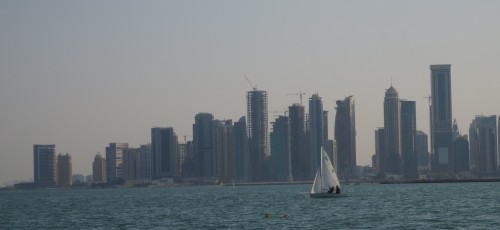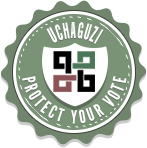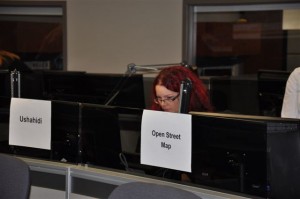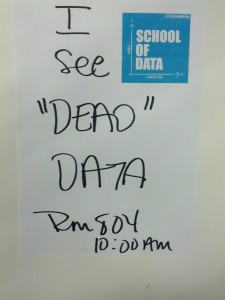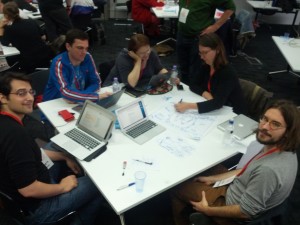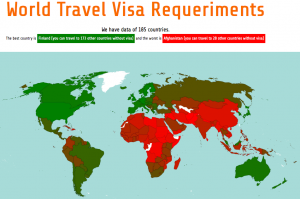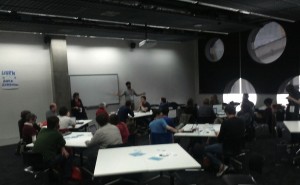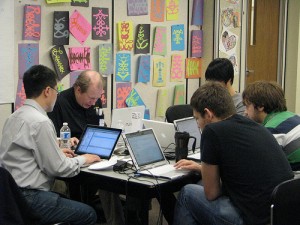Over 10 years ago at Tucows Inc., the communications department included my colleague James Koole, who was a journalist by training. His skills of digital storytelling and technical tinkering fostered the customer experience. Business intelligence, “in house journalists” and data science are now more pervasive in many workplaces. At the data-driven journalism course in Cairo, as part of the Data-Driven Innovation Workshop Week in MENA, I am here to talk about data in research and potential of data-driven innovation. As I prepare my thoughts on how Data-Driven Innovation can affect business growth, I consider why hybrid employees, like Mr. Koole, help. What other hybrid skills are needed and how can we support people’s learning journeys to drive social entrepreneurship?
Data-Driven Innovation in Qatar
In Qatar, there is a growing technical community. The Data-Driven Innovation MENA team asked me to provide an overview of examples of data-driven research and this might apply to business growth. The following are some examples from QCRI’s research and from a few of the local startup community (There are extensive notes):
How can data-driven innovation drive business
In a world that is increasingly focused on entrepreneurship, there is also a parallel stream focused on STEM education. This is a potential mistake to be too focused on silos. If you can tell a better story or design useful data-driven content/information products, this is also core to growth.
Qatar and Doha have a limited number of technical education events. If you are in school, you can join
CMU’s Smartlab and learn data analytics. Qatar Computing Research Institute has a Summer internship program open to local youth considering a career in computer science. If you are an entrepreneur and are able to join a number of the great incubators, accelerators or youth programmes, you might get some data-driven innovation training. Everyone can learn online by, for example, taking Cousera courses, but fostering this ecosystem needs in person engagement and learning opportunities.
In Doha, I hosted a few workshops on Data Analytics, Machine Learning, Social Media Curation and Digital Mapping. The free classes were oversold and included a wide mix of professionals, young startups, students and, even, research colleagues. QCRI will continue to build the knowledge economy sharing skills and technical training. But, I highly recommend a startup focused on training data-driven innovation skills for business. There is indeed a growing market beyond the student body. Change will happen when more senior people are exposed to the techniques and how it can enable their business team to flourish. Organizations also need to continue to provide more technical workshops to augment all the strategy and leadership training. This includes encouraging technical companies to host workshops on how to use the tools and apply to a diverse stream from humanitarian to startups to social entrepreneurship.
What is one quick win for data-driven innovation in Qatar: More technical training and more data journalism skills. What if there was a a Data Driven Startup Handbook and shared curriculum?
Consider this type of future of domain expertise, data-smart employees including Type 2 Data Scientists:
“…require a different kind of data scientist, one that does not have the core technical ability to write code but enough of a general understanding of what can and cannot be achieved using machine learning approaches to effectively evaluate its outputs. This ‘type II’ data scientist does not need an in depth understanding of the code but might lead a team containing data scientists and needs to be able to translate between the business or policy problem and the technical environment. Without some understanding of what these learning systems can and can’t do there is the potential for a lot of poor quality problem solving and the outcomes on society could be very negative. There are examples of courses trying to fill this gap, like the MSc course at Sheffield, targeted at non-data scientists that aims to teach students fundamental data science principles and its application within organisations to support data-driven approaches to problem solving. “
(Source: Nesta Report: Machines that Learn in the Wild, 2015.)
